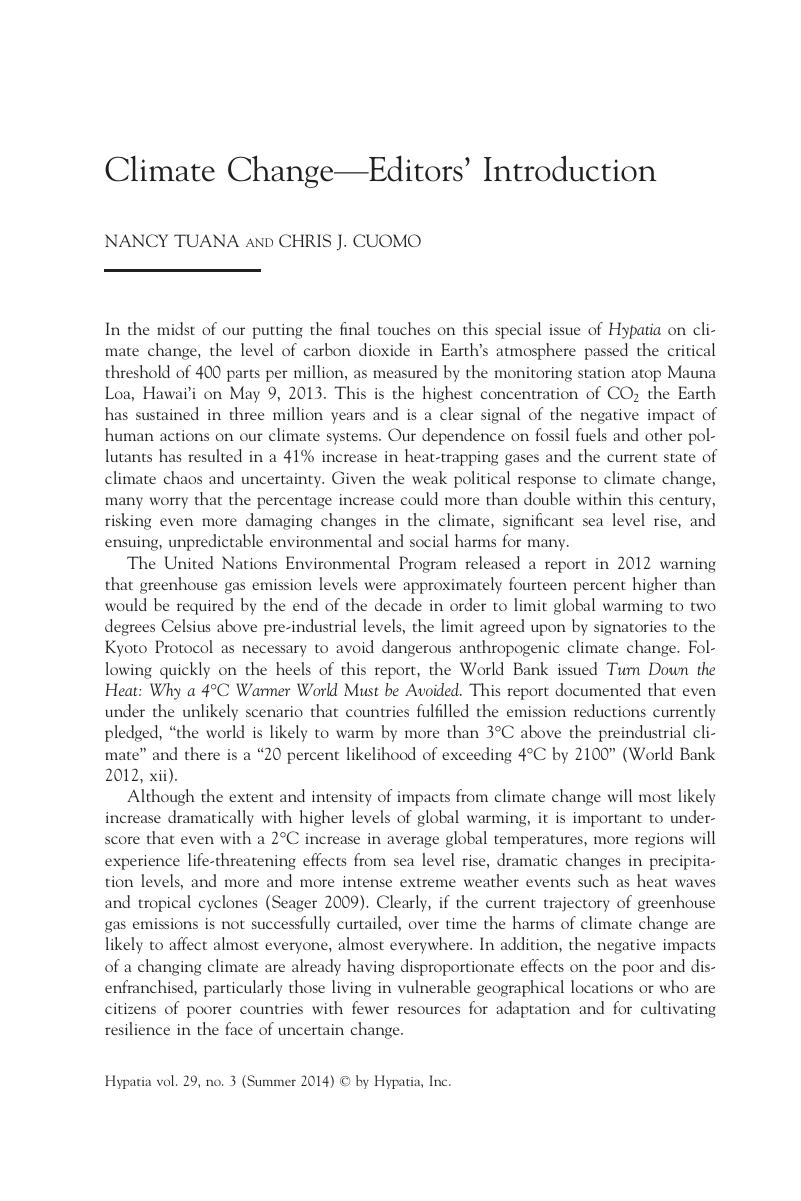Tschakert, P., and
Tutu, R. 2010.
Solastalgia: Environmentally‐induced distress and migration due to climate change among Africa's poor. In Environment, forced migration and social vulnerability, ed.
Afifi, T. and
Jäger, J.International Organisation for Migration.
Heidelberg, Dordrecht, London, and New York:
Springer.
Google Scholar 